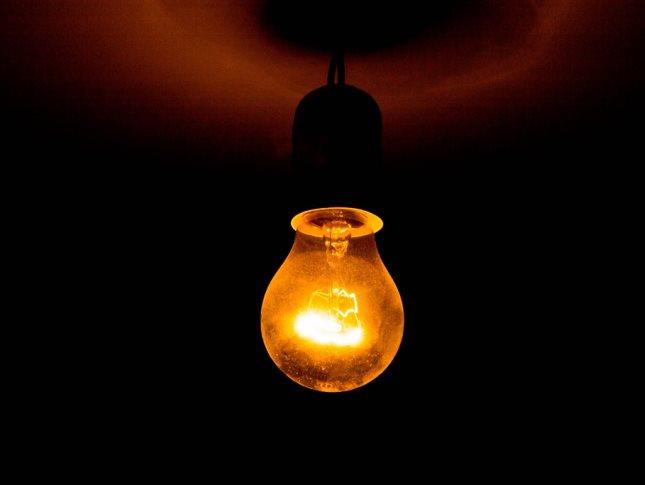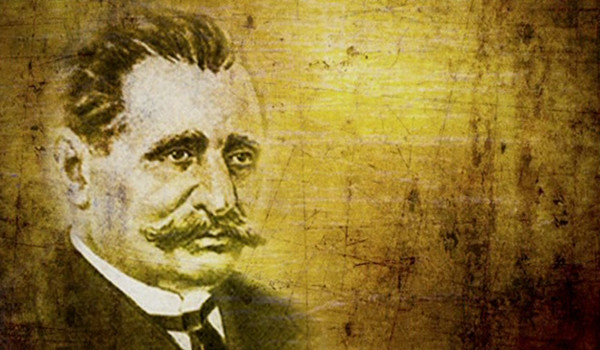What does the Illich bulb mean
The expression "light bulb Ilyich" for a century as entered the colloquialism, on a par with "Newton's apple" or "Maslow's pyramid". But the real reasons for the appearance of this phraseology are unknown to many. The article will tell you what the connection is between the simple incandescent light bulb and the leader of the revolution, where the name came from in the first place, and who the real inventor of this luminous device is.
What is the light bulb "Ilyich"?
In fact, it's nothing more than a standard incandescent bulb without a light bulb. It is screwed into a hanging socket attached to the ceiling by a wire. This method of lighting is still used in many apartments, private houses, cottages. Of course, the brightness and range of illumination of such a device is quite scarce, so the "Lenin lamp" must be strengthened by additional lights.

Now the concept of "Lenin's bulb" has already become a phraseology and has more of a joking and ironic connotation. One of its meanings is illumination or other technical work done in a hurry, in a hurry, out of what was handy.. That is, there is not much confidence that such a handicraft will last a long time.
Where did the expression come from?
100 years ago the expression "Illich's lamp" had a completely different meaning. At the juncture of the second and third decades of the last century in post-revolutionary Russia, and in the countryside in particular, the program of electrification of the entire country, developed by the GOELRO State Commission, began to be implemented.

The historical event occurred on November 14, 1920, when the father of the revolution, accompanied by his wife Nadezhda Krupskaya, traveled to the village of Kashino near Moscow. He went, of course, not for a country walk.
The first rural power plant in the country was about to be opened there.
The role of cables was played by old telegraph wires that had been lying idle for a long time; the wiring and the station were created by the inhabitants of Kashino village themselves, inspired by the heartfelt speeches of Ilyich. They were the main "investors" in this big deal, although a tidy sum for the benefit of technical progress was allocated by Lenin himself. But the current generator was designed in Moscow. After the launch of the station there was a ceremonial meeting and a visit to the homes of the peasants, to get acquainted with the local way of life.

What happened in Kashino on a late autumn afternoon of 1920.was truly a turning point for Russia. Now the lights could be seen not only by high-ranking officials at conventions and ceremonial events. The ordinary incandescent light bulb opened to the common peasant a whole different world, showing that the usual way of life becomes much easier with artificial light. Hanging from the ceiling, the little miracle of technology opened a "portal" to a new historical era of the country.
Interesting. The famous saying "You can't eat a pear hanging" is a characteristic trend of those years.
It is believed that it was the electrification of the backwoods that gave rise to the active introduction of electricity in large cities. This explains the phenomenon of the "Lenin light bulb.
Who is the real inventor
By and large, the "Lenin lamp" is one of the most typical clichés of Soviet propaganda.. Any more or less sensible person understands that the leader of the revolution directly to the invention of the luminous "pear" has nothing to do. Prototypes of incandescent lamps were created in the first half of the XIX century by European inventors-innovators Delarue, Jobar, Starr, Goebel. However, the real breakthrough was made by the Russian inventor Alexander Lodygin. In the summer of 1874, he patented a light bulb in which a carbon fiber rod inside a sealed vacuum vessel acted as the incandescent filament. Immediately this invention was appreciated and recognized in the progressive countries of Western Europe, led by Germany and Great Britain.

Compared with previous versions of lamps, the Ladygin lamp had a longer "life" and a high degree of tightness. Due to this it was possible to use it in any environment and not only in laboratories.
Recommended reading: History of the Invention of the Incandescent Lamp
It was Lodygin's masterpiece and became the basis, the prototype, from which all subsequent modifications of the lighting fixtures took place. Only 5 years after that, the American Thomas Edison invented and patented an improved version of what was realized by Lodygin. Alexander Nikolayevich himself leaves tsarist Russia at the beginning of the 20th century and goes to the United States. There he experimented with tungsten and other light gray metals, invented and patented the tungsten filament for lamps, and then sold the rights to General Electric Corporation. The 75-year-old innovator left this world in New York City in 1923.